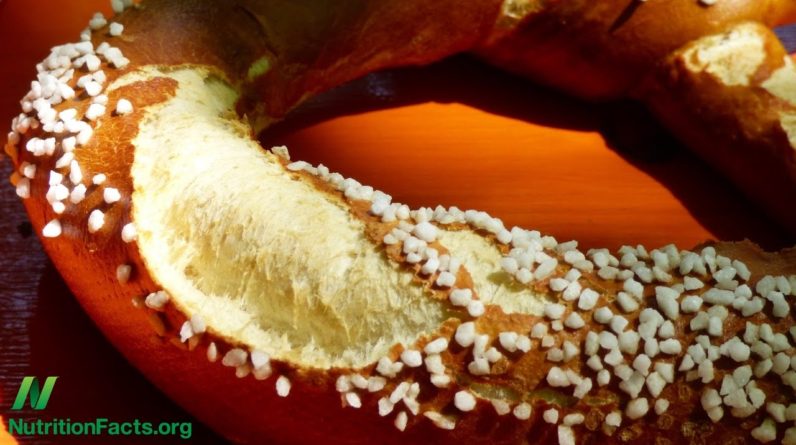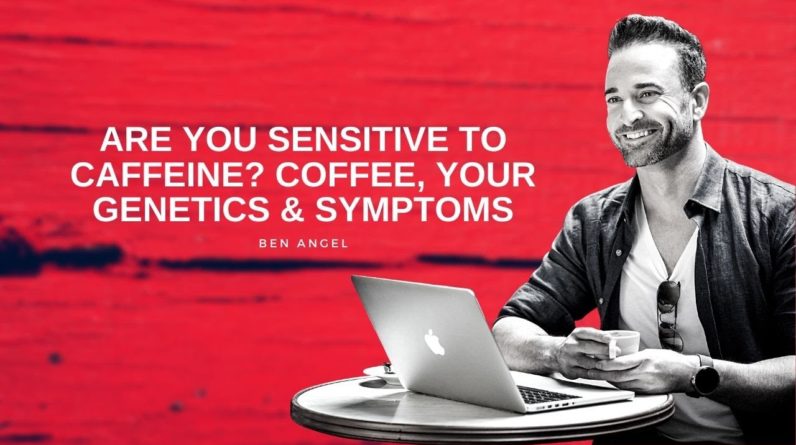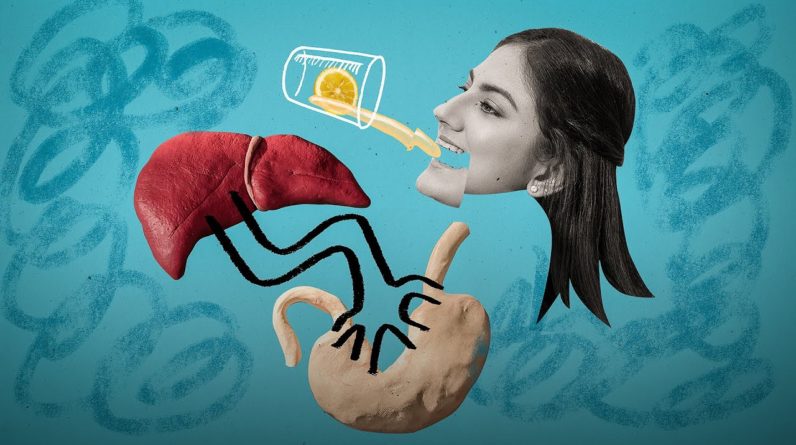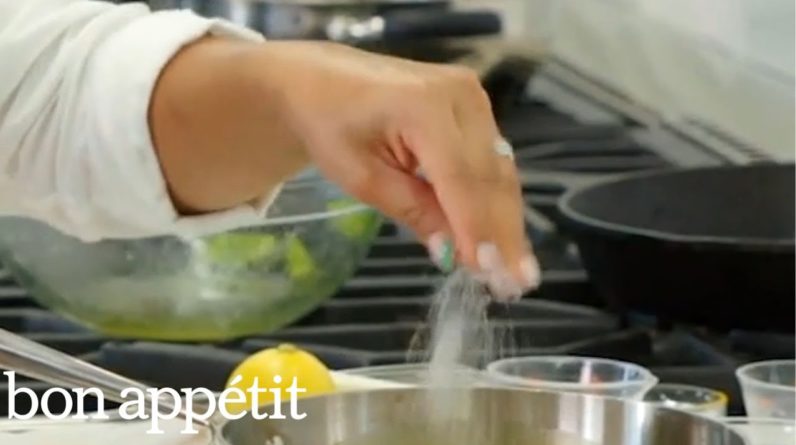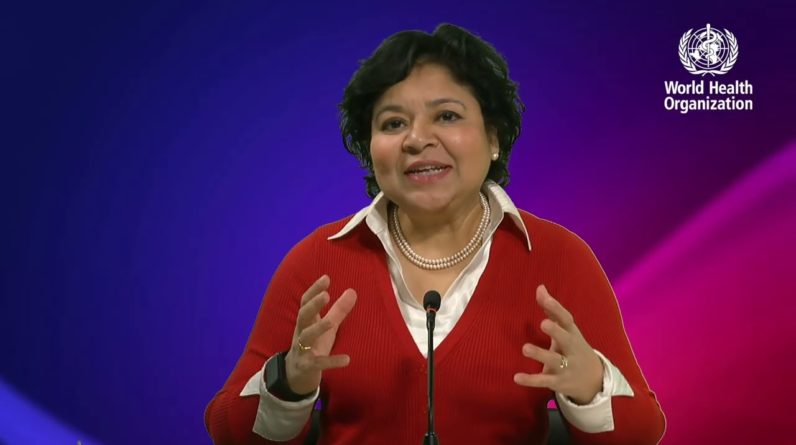
"Shaking the Salt Habit" The two most prominent
dietary risks for death and disability
in the world are not eating enough fruit
and eating too much salt. Too little fruit kills nearly
five million people every year, and too much salt
kills four million. There are three things
we can do to lower our
salt intake. First, don’t add salt
at the table. A third of us add
salt to our food before even tasting it! Number two: Stop adding
salt when cooking. At first the food
will taste bland. Two to four weeks later, however, as the sensitivity of
the salt taste receptors in the mouth become
more sensitive to the taste of salt in
the usual concentrations. Believe it or not
but after two weeks, you may actually
prefer the taste of food with less salt. Some of the flavorings you can use instead
in the meanwhile instead of salt include using more pepper,
onion, garlic, tomato, sweet peppers, basil, parsley,
thyme, celery, lime, chilli, nettle, rosemary, smoke flavor,
curry, coriander, and lemon. Even if you did add salt, though, it’s probably better
than eating out, where even at non-fast
food restaurants, they tend to
pile it on.
And finally, avoid processed
foods that have salt added. In most countries only
about half of sodium intake comes from processed foods, so there’s more personal
responsibility, but in the U.S., even if we completely
stopped adding salt in the kitchen and
dining room, it would only bring down salt
intake a small fraction. This has led public
health commentators to note how challenging
it is then for everyone to reduce their
salt intake since so much of our sodium intake
is out of our control. But is it? We don’t have to buy all
those processed foods. We can choose not to turn
over our family’s health to food corporations
that may not have our best interests
at heart. If we do buy processed foods
there are two tricks we can use try to only buy foods
with fewer miligrams of sodium on the label than there
are grams in the serving size. So if it’s a 100 gram
serving size, it should have less than
100mg of sodium. Or, you can shoot for
fewer milligrams of sodium than there are calories. For example here the
sodium is 720; calories are 260.
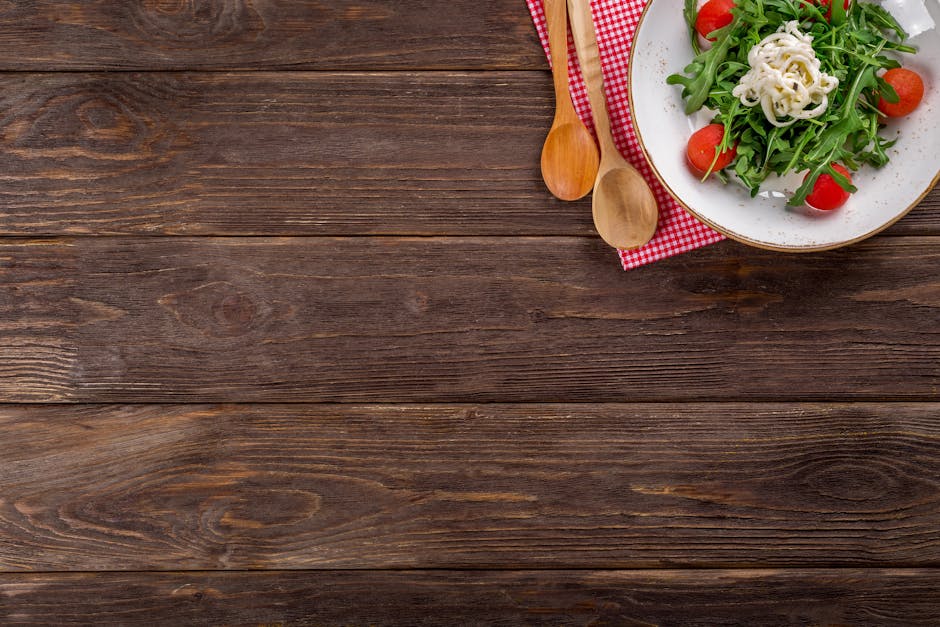
720 is greater than 260,
so this has too much sodium. That’s a trick I learned from one of my favorite
dieticians of all time, Jeff Novick. The reason it works is
because most people get about 2,200 calories a day, so if everything you ate
had more calories than sodium you’d at least get under
2,300 milligrams of sodium upper limit for healthy
people under age 50. Of course, the healthiest foods
have no labels at all.
We should also try to buy as
much fresh food as possible, as it is almost impossible
to come up with a diet consisting of unprocessed
natural foodstuffs that exceeds the strict
American Heart Association guidelines for sodium reduction..


